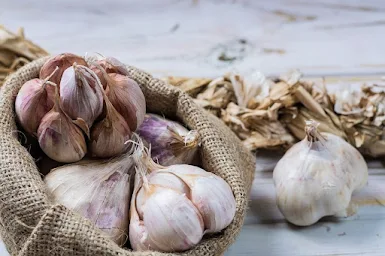Home Remedies for Pelvic Inflammatory Disease (PID): what is the best treatment for pelvic inflammatory disease
Causes of PID
- The root causes of PID are mostly s.exually transmitted infections such as gonorrhea and chlamydia.
- It can also be transmitted from non-s.exually transmitted infections such as bacterial vaginosis.
- PID can also occur after the rupture of an appendix.
- In some cases ruptured bowel infections can also cause PID.
- Unprotected s.ex can cause PID very easily.
- It can also result from a termination of pregnancy or childbirth.
- Having a past history of PID and STD.
Risk factors of pelvic inflammatory disease
Childbirth, abortion, or miscarriage can make the vaginal mouth unclosed. This makes the high possibility of bacteria entering the reproductive organs.
An intrauterine device (IUD): It is a type of birth control placed into the uterus, which increases the risk of developing PID.
Appendicitis: It slightly increases the risk because the infection from appendices is spread over the pelvic regions.
Douching: Douching is washing or cleaning out the vagina with water or other mixtures of fluids. Frequent douching may be at risk for developing PID.
Symptoms
Many women don’t have any signs and symptoms. When the condition becomes mild to serious, symptoms may arise including:
- Pain in the abdomen is the most common symptoms
- Pain during s.ex
- Irregular and long-lasting periods
- Unusual discharge with bad odor from Vagina
- Fell very tired
- Pain, when you pee or hard time, go
- Fever (temperature 38° C [100.4° F] or higher) or chills
- Fainting and vomiting
- Often urination
Diagnosis and test
To diagnose PID doctors usually, do a physical examination to check the signs and symptoms of the PID.
If you have abdominal pain, then your doctor may check for:
Unusual discharge from Vagina
Abscess or pus in the cervix, near ovaries or fallopian tubes
Pain or tenderness in your reproductive organs
You can reduce your risk in the following ways:
- Get regular checks for STI tests
- Women with multiple s.exual partners should be screened
- S.exually active women age 24 or younger, should get screened for chlamydia and gonorrhea
- If you are a new couple, get tested before starting to have s.ex.
Home Remedies for Pelvic Inflammatory Disease (PID)
However, if your doctor has revealed to you that you have PID, there is a very powerful home remedy to be used.
If you are battling a pelvic inflammatory disease, use the under-listed recipes.
- Garlic
- Thyme
- Parsley
- Turmeric
- Cashew leaves
- Pawpaw leaves
Instruction:
Boil them together for about an hour.
Dosage:
Take half a glass morning, afternoon, and evening after meals.
Note: You have to be tested to be sure that you have PID before you use it.






.jpg)






.jpeg)